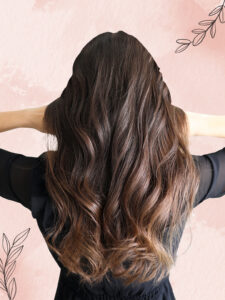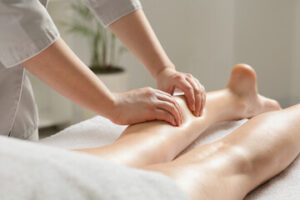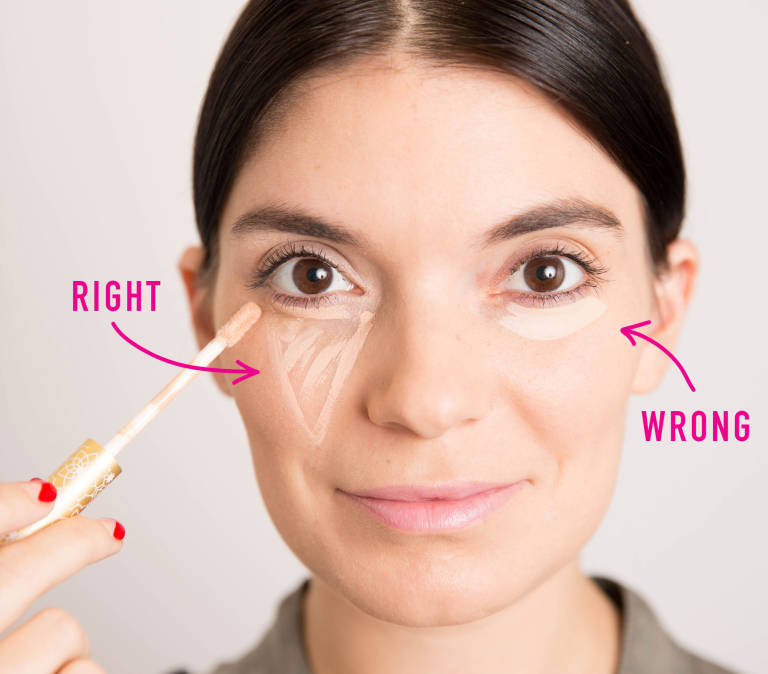Hair is a fibrous, helix-shaped protein called keratin. It grows from follicles in the dermis layer of the skin. Blood vessels supply the follicle with nutrients. As the follicle expands, the cells it contains get pushed outward and become the strand-like appearance of hair.
Most people know that hair can be styled in a variety of ways. Consider consulting with a stylist to learn how to do it yourself. For more information visit Dot Matrix.

Hair is a filamentous structure that grows from follicles in the skin. It consists mainly of tightly packed keratin-filled cells. It is a feature all mammals share but is absent from some fish, birds, and reptiles.
Hair has a characteristic outer layer called the cuticle, composed of flattened overlapping cuticle cells that protect an inner layer called the cortex and a discontinuous central region, or medulla, that determines the mechanical properties of the hair. It is usually shiny and light brown, resulting from the presence of melanin pigments.
Within the hair follicle, stem cells multiply rapidly to form rods of tissue that protrude above the surface of the epidermis. As the cells grow, they are cut off from their supply of nourishment, and they start to harden and become filled with a protein called keratin. This process is called keratinization.
Hair is typically straight, but it can also be wavy or curly. Hair color comes from melanin pigments, and it fades as we age. Most people spend a lot of time and money on their hair. Hair is a source of pride and has several important biological functions. It provides insulation, keeps the body warm, and protects the eyes, ears, and nose from dust and other small particles.
Hair grows in three distinct phases: the anagen phase, the catagen phase, and the telogen phase. In the anagen phase, new cells form in a hair bulb at the base of each hair follicle. These cells then grow upward, eventually reaching the epidermis, where they’re cut off from nourishment and start to fill with a hard protein called keratin. When the keratin forms around the dead cells, we have hair! Each strand of hair can grow about half an inch per month or six inches a year. Healthy hair requires proper nutrition and a good daily routine to keep it looking great.
Knowing your hair type can help you easily style it, avoid breakage, and maintain optimal hair health. There are four main categories of hair: straight, wavy, curly, and coiled or kinky. Each type has subcategories that help you better identify and understand your hair texture.
Straight hair (type 1) has a pin-straight, wispy appearance and rarely holds a curl. It can be fine and thin or thick with a slight shine. It styles well in ponytails, braids, and buns. This hair type can be prone to frizz in humid conditions. Hair care products that boost volume are recommended to help it stand up, especially when paired with a heat-protectant spray.
Wavy hair (type 2) has a tousled, S-shaped wave that adds volume and body to the strands. It is easier to manage than straight hair but can still be weighed down by dirt, oil, and styling products. This hair type disperses hair oils more efficiently, so you may need to wash it more frequently to prevent a greasy look. Type 2A wavy hair has a minimal S-shaped wave and fine strands, while type 2B has a more defined S-wave with medium thickness. Finally, type 2C has a coarse structure with distinct S-shaped waves closely resembling a loose curl.
Hair transplant surgery can be a great option for those who want to address thinning hair permanently. The latest techniques offer natural-looking results with minimal scarring and recovery time. A specialized hair transplant surgeon can determine whether you are a candidate for a hair transplant and which type of transplant is best for you.
If you’re experiencing thinning hair due to stress or hormonal changes, lifestyle changes can help prevent further hair loss. Examples include avoiding tight hairstyles like cornrows or high ponytails and using gentler shampoos and conditioners. Hormonal changes during pregnancy, menopause, and some medications can also cause thinning hair.
In addition, some supplements and herbs are used to support a healthy scalp and promote hair growth. Biotin, for instance, is a dietary supplement widely available over the counter and may help reverse thinning hair by stimulating new growth of hair follicles. Folic acid, a type of vitamin B, is another popular supplement that can increase hair thickness and promote new growth by supporting cell growth.
Hair loss and thinning hair are common problems that affect men and women. While genetics play a major role in how thick or thin your hair is, there are treatment options and at-home remedies that can help prevent or slow the progression of thinning hair.
If you notice your hair thinning, it is important to catch it early. Many factors, including a poor diet, high-stress levels, medication, or illness, can cause thinning hair. Depending on the cause, your hair may grow back, or you can use at-home treatments to make it look fuller.
Healthy hair requires adequate vitamins and minerals, especially iron, folic acid, and zinc. These nutrients are essential for developing strong, dense hair follicles supporting thick strands. If you suspect a vitamin or mineral deficiency contributes to thinning hair, talk to your doctor. A simple blood test can confirm if your hair loss is due to a nutritional deficiency, and your doctor can recommend dietary supplements or other treatment options to address the problem.
A diet rich in proteins, vegetables, fruits, grains, and healthy fats can help promote thick, strong hair follicles. Avoid processed foods, refined sugars, and trans fats, which can cause thinning hair.
Avoid over-shampooing. Too much shampooing can strip your hair of its natural oils and cause it to feel dry and brittle. Instead, use a sulfate-free shampoo formulated for your hair type and condition. Shampoo less often, and only use a gentle conditioner when you do. Also, avoid using heat-intensive styling tools, such as hair dryers, hot curlers, and a blower, or use heat-protective products when you do.
Some people may experience thinning hair as a result of a psychological or emotional disorder, such as trichotillomania or other forms of repetitive hair pulling. This kind of thinning is usually irreversible, but there are ways to minimize the damage and encourage hair regrowth. Talk to a psychologist or therapist if you think your thinning hair is related to a mental health issue, as they can offer guidance and counseling.
Women with thin hair can still achieve the look of fullness they desire if they know how to style them. The best hairstyles for thinning hair use a mix of texture and sometimes layering to add volume, which is exactly what a woman with thinning hair needs.
A long, textured pixie cut with short sides and a longer crown is an excellent option for many women with thinning hair. This allows them to keep their length while incorporating many face-framing layers. It is a versatile style worn straight, with waves, or even spiked up. Adding some color to this hairstyle can also add depth and dimension.
Whether your client chooses a natural, soft blonde or a vibrant purple hair shade, they will always benefit from adding light highlights to their tresses. This will enhance their hair color and make it look even brighter and fuller. Another trick to making hair look fuller is to use a volumizing spray or mousse. These products are easy to apply and instantly add body to your client’s hair.
A style like pompadour may be appropriate if a client’s thinning hair is more concentrated at the top of her head. This classic ’40s and ’50s hairstyle features a high, slicked-back crown that masks the thinning area and creates an overall look of thickness. However, a chin-grazing bob may be better if your client wants a more feminine look.
A chin-length shag with curtain bangs can add face-framing volume to thin hair and is an attractive option for oval, square, or oblong face shapes. You can style it with your client’s hair up or down; it is easy to grow out when she’s ready for a new look.
A choppy pixie haircut is a stylish way to cover up thin hair. Its blunt shape makes it appear thicker and fuller, and it looks especially great when dyed a bold hue. This look works well for women of all ages and is especially flattering on women transitioning to grey hair.

